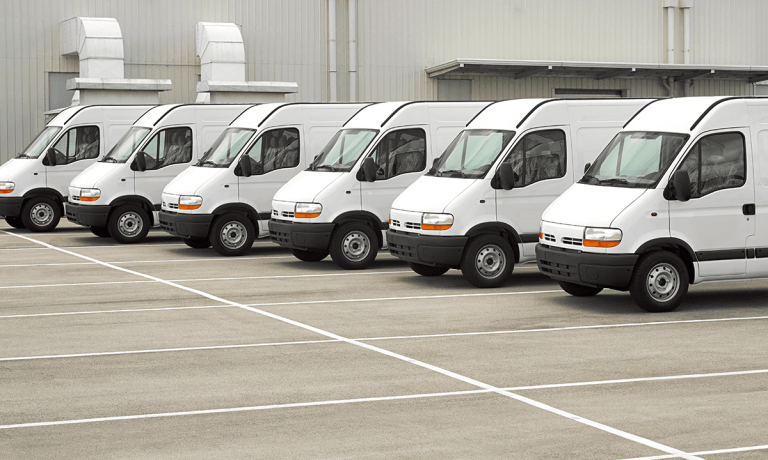
As fleet operators aim to gain the many benefits of transitioning to connected vehicles, nearly half of the vehicles in corporate fleets are expected to be connected vehicles by 2025. That’s a substantial gain from today when one-third of companies with fleets report that only 5% of their vehicles are connected cars.
It’s a growing sign that the digital workplace is extending to vehicles, too, according to the latest entry in the “B2B and Digital Payments Tracker®” series, “Reshaping Global Business With Connected Vehicles,” a PYMNTS and American Express collaboration.
Delivering ROI to Fleet Operators
Among the factors driving this transition are the quick returns on investment (ROI) that connected vehicles deliver to fleet operators. A survey of European-connected fleet operators found that 44% saw ROI within six months and that 86% reported ROI within 12 months.
One compelling example of a bottom-line boost: 52% of respondents reported lower fuel costs. Among those who added integrated video technology to their vehicles, 57% reported lower costs associated with accidents and 47% lowered their auto insurance.
Connected vehicles benefit fleets by promoting better driving habits that boost efficiency and safety. For example, integrating dash cam technology can provide safety alerts, distraction warnings, artificial intelligence (AI) analysis and driver coaching. They also detect when drivers need to take a break.
These vehicles also reduce operating costs for fleet operators by providing AI-powered automation and data insights, reducing the time vehicle spend idle and improving preventive maintenance so that cars stay on the road rather than having to sit in the shop.
One recent survey found that fleets with connected vehicles reported that hard braking was reduced by 40%, vehicle idling time was reduced by 20% and fuel consumption was reduced by 13%.
Transport in Transition
As PYMNTS reported Tuesday (Oct. 18), Alain Nana-Sinkam, senior vice president of business development at TrueCar, said added connectivity helps fleet operators better serve the needs of consumers by providing additional customization options.
They can also use connectivity to deploy resources more intelligently by anticipating the times of day and even year when demand for vehicles will be greatest as well as determining the types of vehicles to deploy in different areas.
Read more: The Changing Relationship Between Customers and Vehicles
Having seen the additional capabilities and results like these, about three-quarters of fleet operators said in a recent survey that fleet connectivity is either important or very important.
For a growing number of workers, that means they’ll be using digital tools to improve their productivity not only at the workplace or the home office but also on the road.